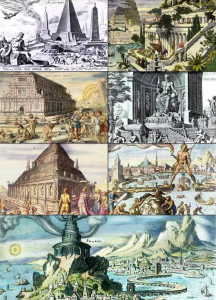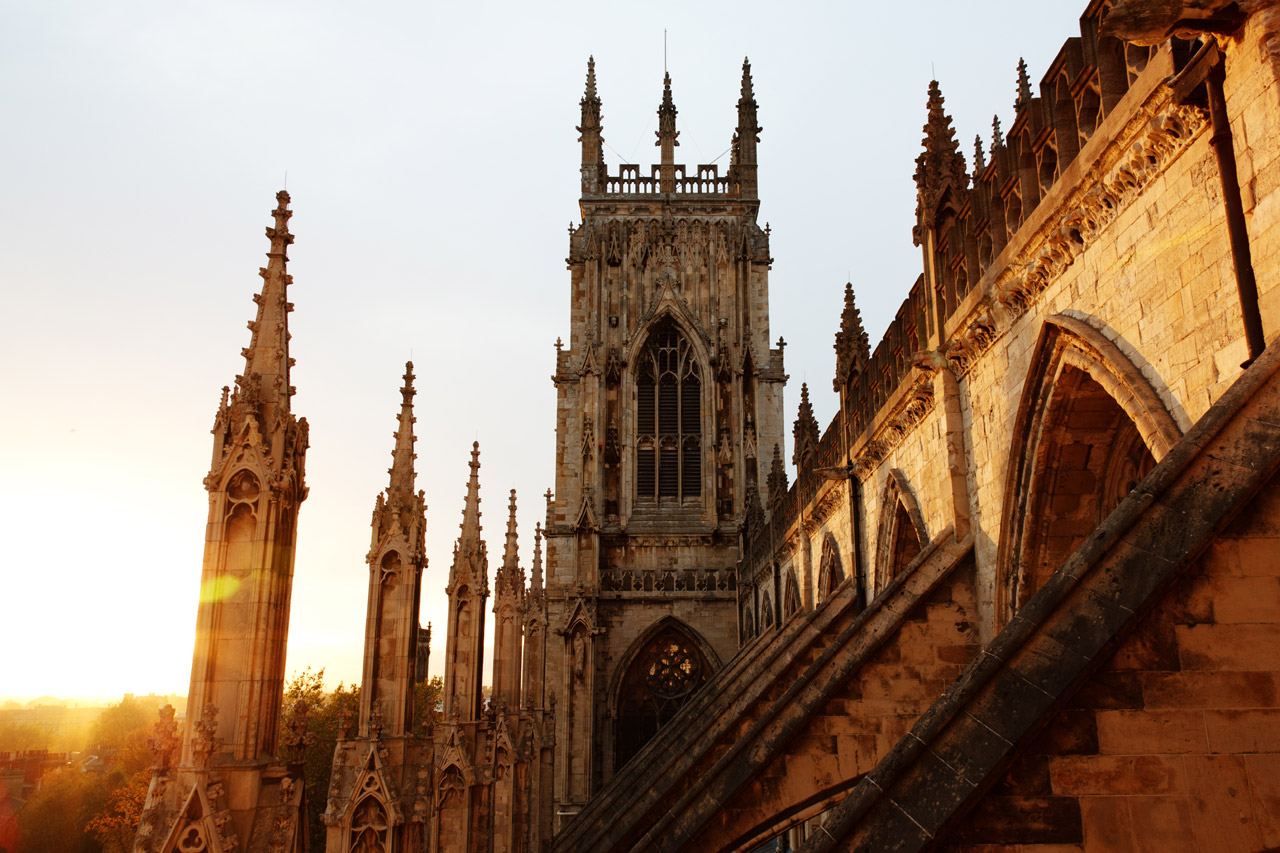
Introduction
The Seven Wonders of the World is a term that evokes images of remarkable human achievement and architectural splendor. These wonders reflect not only the ingenuity and creativity of past societies but also serve as important cultural symbols that connect us to human history. Today, in an era of global tourism and cultural appreciation, the Seven Wonders are as relevant as ever, drawing millions of visitors eager to experience these iconic sites.
The Original Seven Wonders
Traditionally, the Seven Wonders of the Ancient World include the Great Pyramid of Giza, the Hanging Gardens of Babylon, the Statue of Zeus at Olympia, the Temple of Artemis at Ephesus, the Mausoleum at Halicarnassus, the Colossus of Rhodes, and the Lighthouse of Alexandria. While only the Great Pyramid of Giza remains largely intact, these ancient wonders highlight the architectural and artistic achievements of civilisations such as the Greeks and Romans.
The New Seven Wonders
In 2007, a global poll conducted by the New7Wonders Foundation introduced the New Seven Wonders of the World. These modern wonders were chosen to represent humanity’s artistic and architectural diversity. The list includes:
- Chichen Itza (Mexico): A testament to the Mayan civilization, featuring the famous El Castillo pyramid.
- Christ the Redeemer (Brazil): This iconic statue overlooks Rio de Janeiro, symbolising peace and Brazilian culture.
- The Great Wall of China: A stunning architectural feat that stretches thousands of miles, showcasing the skill of ancient Chinese builders.
- Machu Picchu (Peru): An Inca citadel known for its archaeological significance and breathtaking mountain scenery.
- The Roman Colosseum (Italy): A monumental legacy of ancient Rome, reflecting the grandeur of Roman engineering and public entertainment.
- Petra (Jordan): An ancient city carved into rose-red cliffs, known for its rock-cut architecture and water conduit system.
- The Taj Mahal (India): A stunning mausoleum that stands as a symbol of love, famous for its exquisite white marble architecture.
Conclusion
The Seven Wonders of the World, both ancient and modern, remind us of the creativity and diversity of human expression. They offer invaluable insights into the cultures and societies that created them. As we continue to face global challenges, these wonders inspire a greater appreciation for our shared human heritage. Visiting these sites fosters understanding and respect among different cultures, highlighting the importance of preservation for future generations. As tourism flourishes, it is paramount that we cherish and protect these wonders as vital links to our history and cultural identity.
You may also like

Exploring Monmouth: History, Attractions and Community

Exploring Wolverhampton: A Gateway to Culture and History
